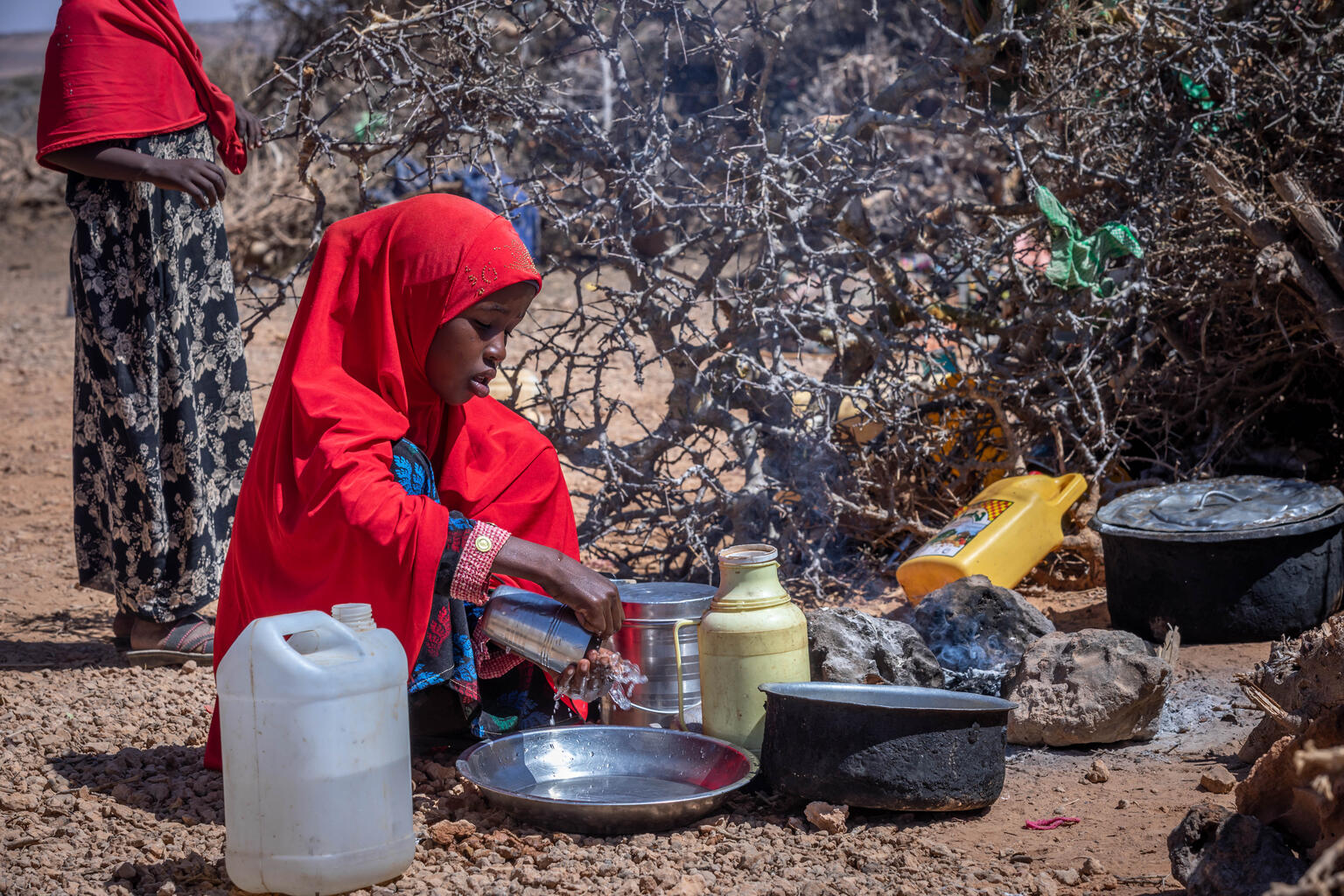
Climate change is one of the biggest threats to children and their futures. The consequences cut across all aspects of their lives – be it environmental, socio-economic, health, rights and protection.
And one of its major impacts is the threat of harm as a result of displacement. We are currently living in the time of the highest number of displaced children ever recorded. 36.5 million children were displaced from their homes at the end of 2021, and 2022 has already witnessed drought across many regions of the world, multiple forest fires, devastating floods in the Indian subcontinent and record-high temperatures across Europe.
In 2020, nearly 10 million children were displaced in the aftermath of weather-related shocks alone. And this number is likely to rise quickly.
As we continue to tackle the growing challenge of climate change, the millions of displaced and migrating children must be protected from the heightened risks of violence, including abuse, exploitation, forced labour and trafficking. And policymaking is key to putting in place measures to ensure this.
Guiding principles for children on the move
The United Nations Children's Fund (UNICEF), the International Organisation for Migration (IOM), Georgetown University, and the United Nations University have launched new guidelines to provide a first-of-its-kind global policy framework that will help “protect, include and empower children on the move” in the context of climate change.
The research aims to fill the existing gap in knowledge and respond to the current context that where child-related migration policies exist, they do not consider climate and environmental factors, and where climate change policies exist they usually do not incorporate the specific needs of children.
Although the reality can be different, the IOM clearly states that children do not lose their rights when they move – including in evacuations, displacement or forced migration – locally or internationally. The ‘Guiding Principles’ have been developed to safeguard the rights of migrating children, and they call on policymaking to adopt, first and foremost, a rights-based approach and best interest of children in policies.
It includes guidelines to protect children on their journey and beyond. Children on the move risk facing a variety of forms of violence such as abuse – physical, psychological or sexual – exploitation and child labour.
Evidence shows that the trafficking of girls and other forms of gender-based violence are at particular risk of rising following disasters, including climate-related migration and displacement. Recent studies are also finding significant links between climate change and child marriages, as families are finding themselves with a lack of resources, unable to provide for and move with all their children.
Safety, protection and awareness
The new guide highlights that national child protection measures must be strengthened. In places where they exist, children may not know that they do, and who could help them. There needs to be awareness raising, access and support.
Additionally, the UN Global Compact on Safe, Orderly and Regular Migration has advised that detention should be avoided, and alternatives such as foster care explored. Detention increases the risk of separation from families, trauma, and, in places that may lack security, even exploitation and abuse.
Protecting children and their rights includes the right to health services, social services and education. The guide calls on all governments to put in place access to these facilities and services proactively, and reach those who may not know where to go. It also stresses the importance of training educational, health and social service staff interacting with migrating children, making them sensitised to deal with the physical and psychosocial needs resulting from the changes and challenges.
And beyond these, the publication lays down guidelines and suggestions to ensure family unity for displaced children, nationality processes for refugees and asylum seekers, non-discrimination throughout processes and accountability of authorities and institutions.
The immediate need for policy action
Over one billion children are estimated to live in 33 countries classified as being at extremely high risk of the impacts of climate change. Climate change is a rapidly unfolding reality and action is urgent. We must increase efforts in building the capacity of and calling on governments and policymakers to protect children.
This guide, developed in collaboration with young climate and migration activists, experts, policymakers and UN agencies, provides national and local governments, international organisations and civil society groups with a foundation to build policies that protect children’s rights.
The End Violence Partnership is elevating the calls to action to leadership and governments around the world. The evidence-based Together to #ENDviolence policy proposal to protect children from violence in humanitarian settings is calling on governments and donors to prioritise child protection in humanitarian response plans and provide funding to meet the needs of children in crisis – in environmental disasters and beyond, to help prompt action by leaders to make sure that all children are safe from the threat of violence.
You can read the new Guiding Principles for policymakers here and learn more about End Violence’s expert-driven policy proposals here.
Image: © UNICEF:UN0635406:Ayene